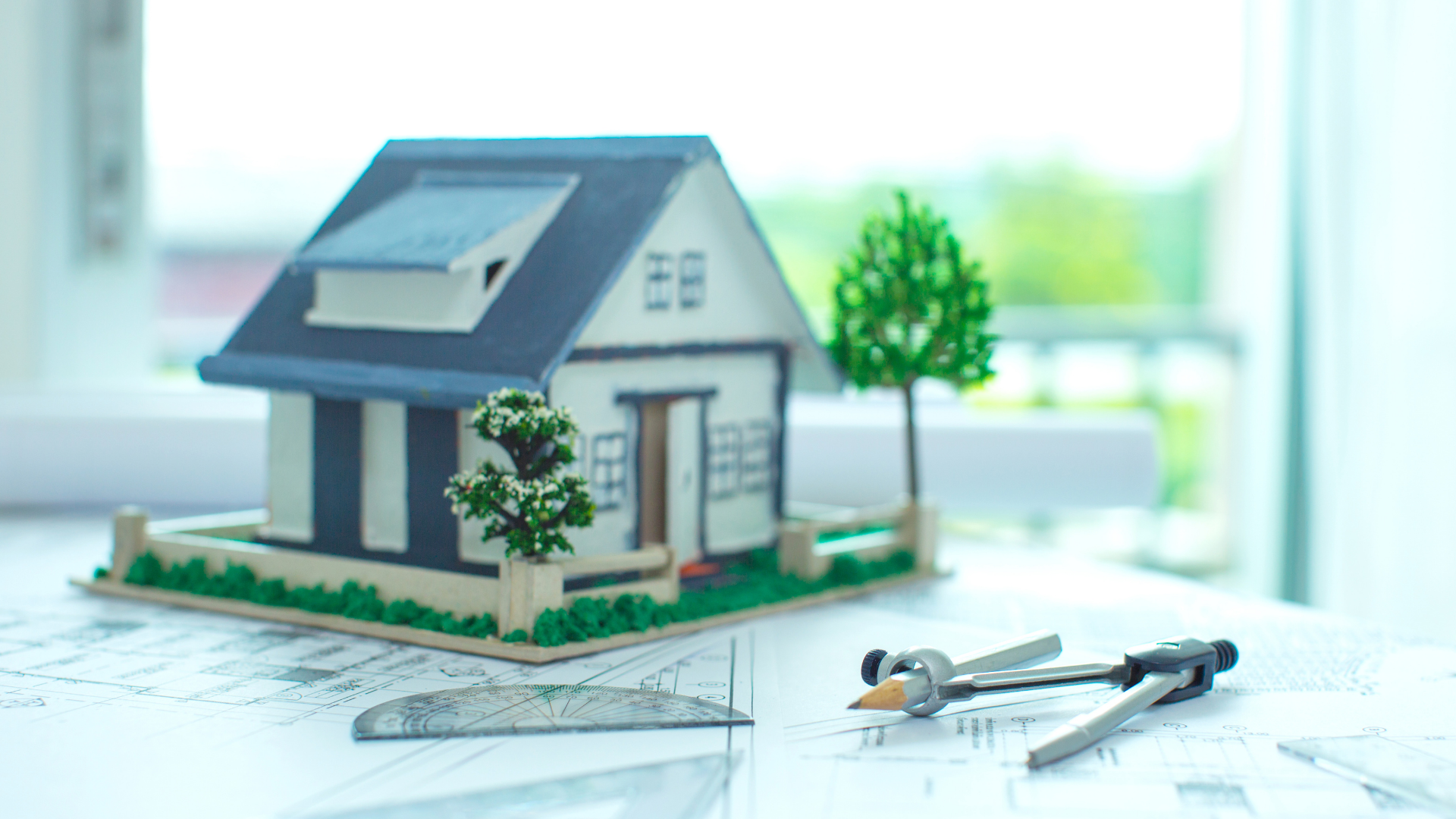🌿 Landscape Architecture:- Designing Sustainable Outdoor Spaces
Landscape Architecture is much more than just designing gardens or parks—it’s the art and science of creating sustainable, functional, and aesthetically pleasing outdoor spaces. From urban parks and residential gardens to large-scale ecological restoration projects, landscape architects play a vital role in shaping our built and natural environments.
In today’s modern world, where sustainability and green lifestyles are becoming increasingly important, landscape architecture is becoming a key factor in improving quality of life, promoting biodiversity, and reducing environmental impact.

What is Landscape Architecture?
Landscape Architecture is the professional practice of planning, designing, and managing outdoor spaces. It combines architecture, environmental science, horticulture, and urban planning to create environments that maintain a balance between nature and human needs.
Key elements of landscape architecture:
- Site planning – Analysis of land use, drainage, and topography.
- Sustainable design – Integration of green infrastructure, rainwater harvesting, and renewable materials.
- Plantation design – Selection of trees, shrubs, and plants suited to the climate and soil.
- Urban landscape – Design of parks, squares, and streets for public use.
- Environmental restoration – Rehabilitation of damaged ecosystems, such as wetlands or riverbanks.
The Importance of Landscape Architecture
Landscape design goes beyond simply beautifying land—it creates functional, environmentally friendly, and people-centered spaces.
✅ Environmental Benefits
- Reduces air pollution through more trees and green spaces.
- Controls soil erosion and stormwater runoff.
- Improves biodiversity by nurturing local flora and fauna.
✅ Social Benefits
- Provides recreational spaces for communities.
- Enhances mental and physical health.
- Strengthens the cultural and historical identity of cities.
✅ Economic Benefits
- Increases property values in urban areas.
- Attracts tourism through well-planned public spaces.
- Reduces energy costs through natural cooling from vegetation.

Applications of Landscape Architecture
Its work on a wide range of projects, including:
- Urban Parks & Gardens – Creating public recreational areas.
- Residential Landscaping – Designing home gardens, terraces, and courtyards.
- Commercial Spaces – Green campuses, resorts, and corporate offices.
- Sustainable Infrastructure – Green roofs, rain gardens, and eco-corridors.
- Transportation Corridors – Highways, flyovers, and transit hubs with green buffers.
- Cultural Landscapes – Preserving heritage sites and monuments.
Principles of Good Landscape Architecture
To successfully design a landscape, we must adhere to some basic principles:-
- Balance – Harmony between built structures and greenery.
- Unity – A consistent design theme throughout the space.
- Proportion and scale – Appropriately sizing elements for human comfort.
- Sustainability – Use of native plants, water-efficient systems, and recycled materials.
- Accessibility – Design inclusive spaces for all age groups and abilities.
The Future of Landscape Architecture
In today’s modern world, with rapid urbanization and climate change, there is a growing demand for sustainable landscape design. Future trends include:-
- Smart landscapes using IoT-based irrigation and lighting systems.
- Choosing climate-resistant plant species.
- Integrating renewable energy (solar benches, green lighting).
- Nature-based solutions for flood control and carbon reduction.

Conclusion
Today, landscape architecture isn’t just about designing outdoor spaces—it’s about creating a balance between people, nature, and infrastructure. By integrating sustainability, functionality, and aesthetics, landscape architects are creating healthier, greener, and more resilient communities.
Whether it’s a simple backyard design or a large-scale urban park, landscape architecture plays a vital role in making our environment more livable and sustainable.
